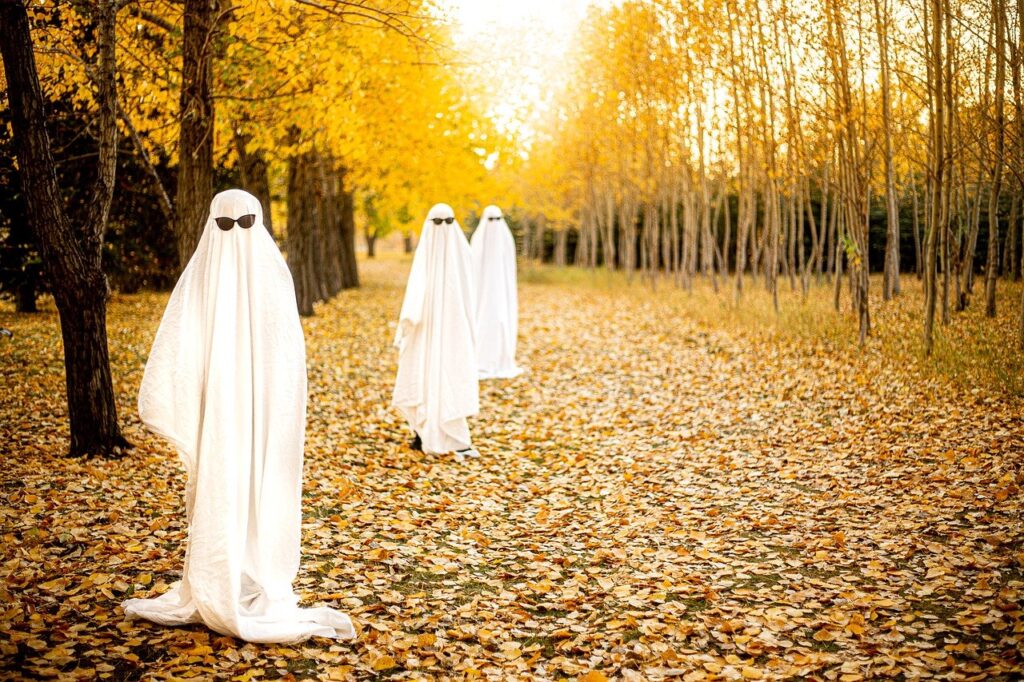No products in the cart.
Fun Facts
Halloween in the Modern World
 Halloween in the Modern World
Halloween in the Modern World
Halloween, once an ancient Celtic tradition, has transformed into a cultural phenomenon that sweeps through many countries every year. Today, Halloween is synonymous with costumes, candy, spooky decorations, and parties, but its journey to becoming one of the most anticipated holidays of the year is rich with historical layers and modern innovations. Let’s dive into the fascinating ways Halloween has evolved and adapted to the contemporary world.
The Rise of Commercial Halloween
In the past century, Halloween has taken on a life of its own, largely thanks to its commercialization. If you’ve ever strolled through a store in September and found yourself bombarded with Halloween-themed items — from pumpkins and skeletons to candy and costumes — you’re witnessing the immense commercial appeal of the holiday.
But this wasn’t always the case. The early 20th century saw Halloween as a more subdued, community-based event, centered around homemade costumes, bobbing for apples, and small gatherings. It wasn’t until candy companies, costume manufacturers, and retailers realized the financial potential of the holiday that Halloween exploded into the massive celebration we recognize today.
Costumes: A Reflection of Culture
One of the most exciting aspects of modern Halloween is its emphasis on creativity and personal expression through costumes. Costumes have always been an integral part of Halloween, originally worn to disguise oneself from malevolent spirits during Samhain.
Halloween also provides a stage for self-expression. It’s one of the few times in the year where people feel free to step into different personas, exploring sides of themselves that they might not typically show. From elaborate cosplay-style costumes to last-minute pun outfits, Halloween’s flexibility makes it a time for people of all ages to get creative.
Trick-or-Treating: A Beloved Tradition with a Modern Twist
No discussion of Halloween’s modern transformation would be complete without mentioning trick-or-treating. This beloved tradition, where children (and sometimes adults) dress up and collect candy from their neighbors, has become the centerpiece of Halloween night for many families.
In recent years, however, the tradition has taken on new dimensions. Communities and organizations have adapted trick-or-treating to make it safer and more accessible, especially as concerns about safety have risen. “Trunk-or-Treat” events, where children go from car to car in a designated parking lot, have become popular, especially in rural areas or places where traditional door-to-door trick-or-treating isn’t practical.
Additionally, the rise of allergies and dietary restrictions has led to more inclusive trick-or-treating practices. The “Teal Pumpkin Project,” for instance, encourages households to offer non-food treats, making the holiday more enjoyable for children with food allergies.
Digital Decorations and the Smart Halloween
Technology has made its mark on Halloween in a big way, giving rise to the “smart Halloween.” Decorations have moved far beyond the simple jack-o’-lantern and plastic skeletons hanging on doors. In today’s tech-savvy world, Halloween decorations are interactive, animated, and even controlled by apps.
Digital projection is one of the most exciting innovations in modern Halloween decor. Homeowners can now project eerie, life-size ghosts onto their homes, create immersive haunted graveyards in their front yards, or sync their lights and decorations to spooky soundtracks. These advanced displays can attract crowds from miles around, making neighborhoods come alive with Halloween spirit.
Social media has also played a significant role in the evolution of Halloween. Platforms like Instagram, TikTok, and Pinterest are flooded with Halloween ideas, from makeup tutorials to DIY costume instructions. This flood of content has made Halloween more accessible than ever, encouraging even the least crafty among us to try their hand at face paint or homemade decorations.
The Shift Toward Eco-Friendly Celebrations
One of the more recent changes in modern Halloween is the growing awareness of environmental impact. With millions of costumes, decorations, and candy wrappers produced every year, Halloween can generate a significant amount of waste. In response, many people are shifting towards more sustainable ways to celebrate.
Costume swaps have become popular, allowing people to exchange gently used costumes rather than buying new ones every year. Similarly, some individuals are opting for homemade costumes made from recycled or upcycled materials. Environmentally conscious consumers are also turning away from plastic decorations and instead choosing biodegradable or reusable options, like compostable pumpkins or solar-powered lights.
As sustainability becomes a more prominent concern, Halloween is sure to evolve further, with eco-friendly alternatives playing a larger role in how people celebrate the holiday.
Halloween Around the World
While Halloween is often associated with the U.S., its influence has spread across the globe. Countries like Canada, the U.K., and Australia have embraced Halloween traditions like trick-or-treating and costume parties. However, in many parts of the world, the holiday has taken on unique cultural twists.
In Mexico, for example, Día de los Muertos, or the Day of the Dead, shares some similarities with Halloween but is rooted in its own traditions of honoring deceased loved ones. In Japan, Halloween is more about elaborate costumes and parades than trick-or-treating, with major cities hosting large-scale Halloween festivals that attract crowds of revelers.
The global spread of Halloween has contributed to its continued evolution, with different countries putting their own spin on the holiday. This cross-cultural exchange ensures that Halloween will remain dynamic, adapting to the customs and preferences of people around the world.



